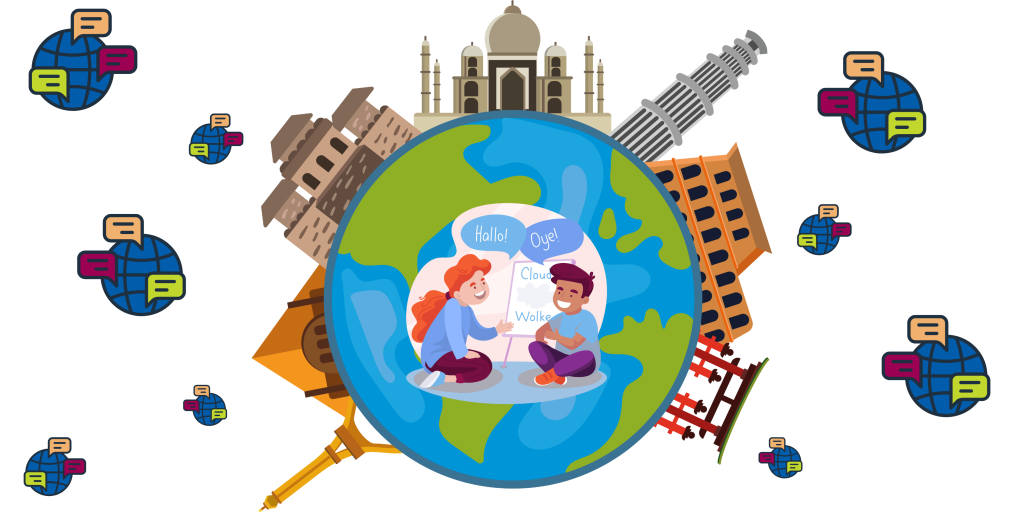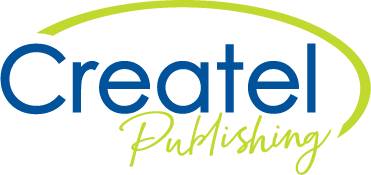Why Incorporating Other Languages into your Classroom is a Game Changer
One of the perks of being an educator in a country like Australia is having the privilege of learning from the diversity in our classrooms. After all, it is estimated that one in five Australians speak a language other than English at home. Our students have a wide range of cultural and linguistic backgrounds and this shapes the way in which they communicate and learn. It’s something to celebrate and is also something that we can harness to improve learning outcomes for everyone.

You might have heard of the cognitive benefits of learning in more than one language, or maybe you’ve seen firsthand how proud a student feels when their home language is recognised in the classroom. Either way, it’s clear that incorporating languages other than English isn’t just a nice, inclusive idea. It’s a powerful teaching strategy.
One of the most compelling reasons to incorporate other languages into your classrooms is the way it boosts brain power.
Research from Charles Sturt University found that bilingual students, specifically those who speak a language other than English at home, often outperform their monolingual peers in areas like literacy, problem solving, and emotional regulation during primary school years. It turns out that switching between languages strengthens cognitive flexibility, memory, and attention. That’s a huge win across the board.
It’s a myth that learning another language confuses students or slows down their English development. In fact, strong bilingual programs actually support literacy in both languages. The Modern Language Teachers’ Association of Victoria debunks this common misconception.
When we welcome students’ home languages into the classroom, we’re not just teaching vocabulary, we are validating who they are.
Dr Marianne Turner from Monash University writes about this in her article The Benefits of Bilingual Education in Australian Schools. She argues that bilingual education works for everyone, not just students who speak another language at home. By embracing linguistic diversity, schools foster greater inclusion, engagement, and connection between students of all backgrounds.
There’s also much to learn from First Nations communities, who have long championed bilingual learning. Take Yirrkala School in the Northern Territory as an example. They have been integrating Yolngu Matha and English since the 1970’s. Their approach shows how language learning can strengthen cultural identity, resilience, and community pride.
The good news is that it doesn’t mean you need to be fluent in another language to bring more languages into your classroom.
Here are a few practical ways to start:
- Learn greetings in students’ home languages: Even a simple ‘hello’ or ‘thank you’ can go a long way.
- Label classroom objects in multiple languages: This helps build vocabulary for all students.
- Invite families to share stories, songs, or traditions: This is a fantastic way to build community and make learning personal. It also demonstrates allyship, appreciation, and respect.
- Celebrate cultural events: Think along the lines of Harmony Day, Lunar New Year, or NAIDOC Week. Go beyond the surface level and explore deeper meanings by encouraging students to ask questions and share experiences.
- Develop a school-wide language policy: This can guide staff in creating a genuinely inclusive language environment.
- Download our free Languages Word Wall Kit and create an inclusive word wall that everyone in the class can contribute to.
If you’re lucky enough to be part of a school with a bilingual or community languages program, lean into it! Resources like the Victorian Bilingual Schools Network can help you advocate for and strengthen these programs.
Incorporating languages other than English isn’t about replacing English. It’s about adding value, celebrating identity, encouraging understanding, and creating new opportunities for all students.
Whether you’re teaching in a multicultural inner-city school or a small rural community, language inclusion can spark joy, curiosity, and connection in your classroom. It’s a powerful tool for equity, academic growth, and cultural awareness.
So, next time you’re planning your lessons, think about how you might be able to weave in a second (or third!) language. You might be surprised at how much it enriches your teaching and strengthens your classroom community.




Leave a Reply